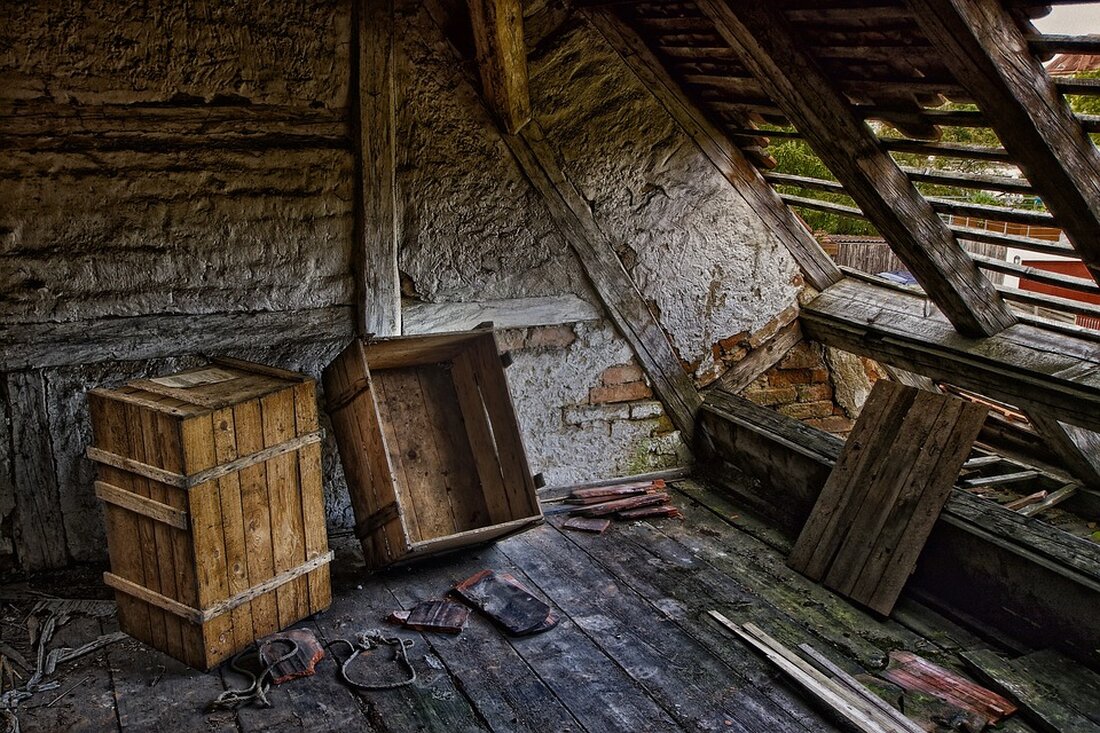The forgotten four -legged friends: How dogs have shaped Berlin's sidewalks and why they earn our respect

The forgotten four -legged friends: How dogs have shaped Berlin's sidewalks and why they earn our respect
The history of the Berlin sidewalks is closely linked to the four -legged friends who once populated the city's streets. In historical photos you can see dogs, pull the wooden carts or guard farms. In fact, Berlin owes its paved sidewalks to the dogs.
In the early 19th century, it was anything but pleasant to explore Berlin on foot. The streets were sandy or mushy. The French writer Stendhal described the city as a sandy desert in which you sink to your ankles. The operators of the well -known Berlin establishment "Lutter & Wegner" planted large granite slabs in front of their shop to make access to their guests. This prevented the sand from being carried into the wine bar.
This idea was well received and King Friedrich Wilhelm III. ordered in 1825 that all Berlin footpaths should be paved with similar stones. However, the question was who should bear the costs. The homeowners were obliged to take care of the footpaths in front of their houses. However, since they did not feel like it, they decided a new tax to "luxury dogs" to cover the costs. All non -working four -legged friends were considered to be luxury dogs, while dogs that pull carts or serve as watch dogs were exempt from tax. Interestingly, hunting dogs were also classified as "luxury dogs", although many homeowners themselves had them. However, the Berlin magistrate believed that a hunting dog serves the pleasure of its owner.
The "dog tax" introduced in 1830 actually covered a large part of the cost of the sidewalk paving. It is therefore possible that the serenity of our four -legged friends today can be traced back to their ancestors when leaving their “crime scene”, without which there may be no paved paths in Berlin.
It is interesting to see how closely the history of the dogs and the Berlin sidewalks are linked. The dogs played an important role and left their traces in the development of the city. Even if we have to struggle with the dogs' legacies today, we should not forget that the animals deserve respect. They made Berlin what it is today - a city with paved roads and sidewalks.
